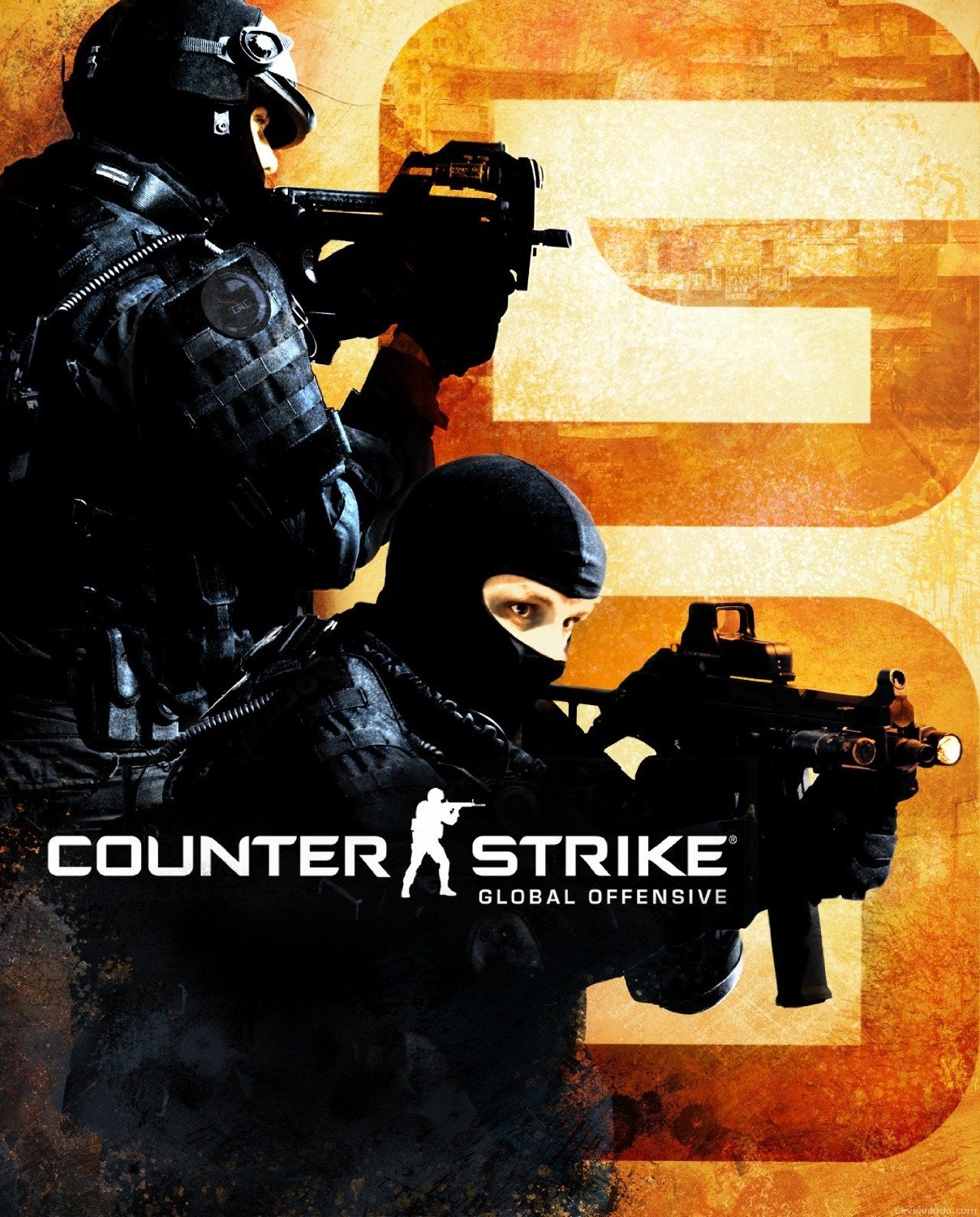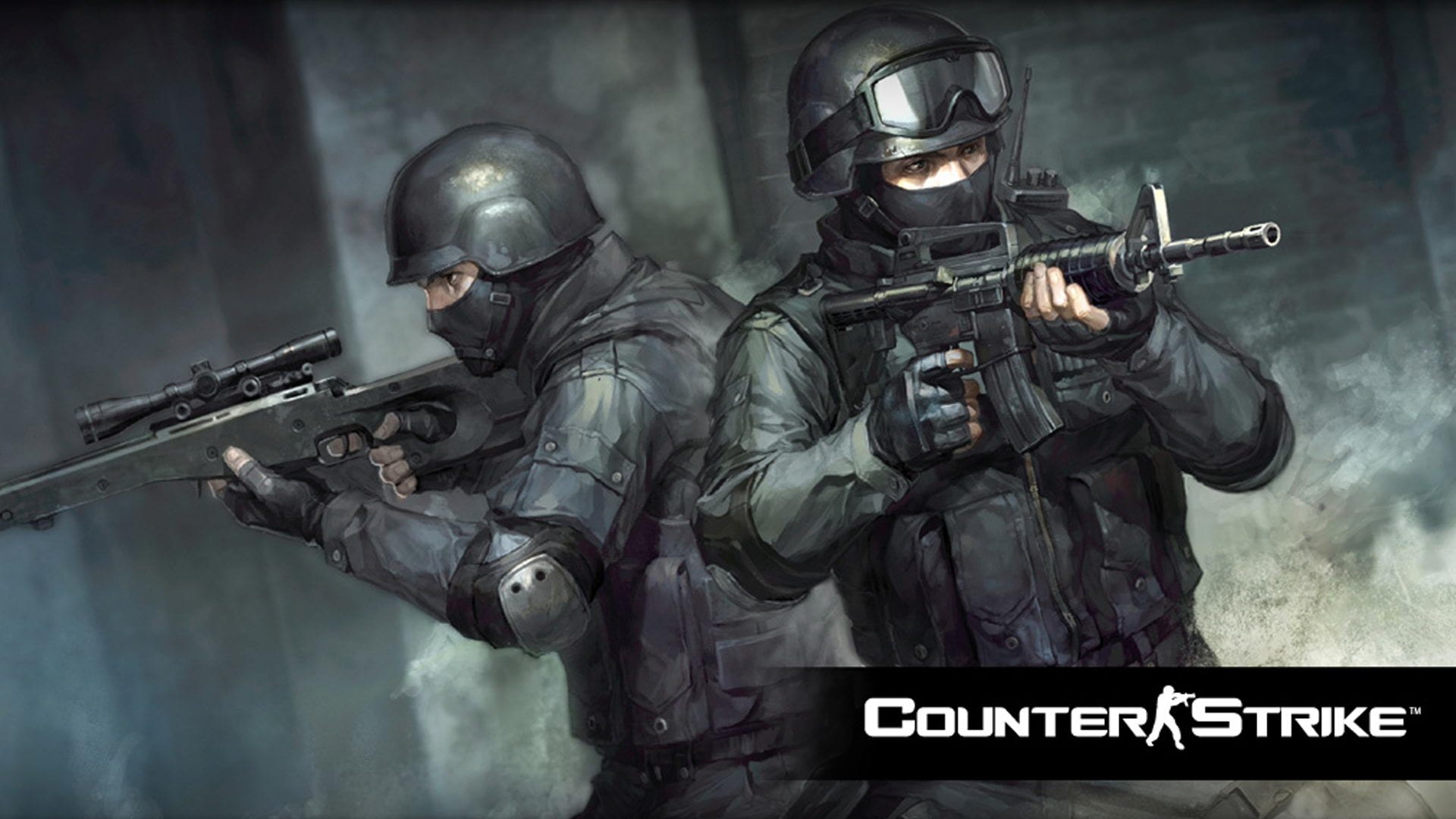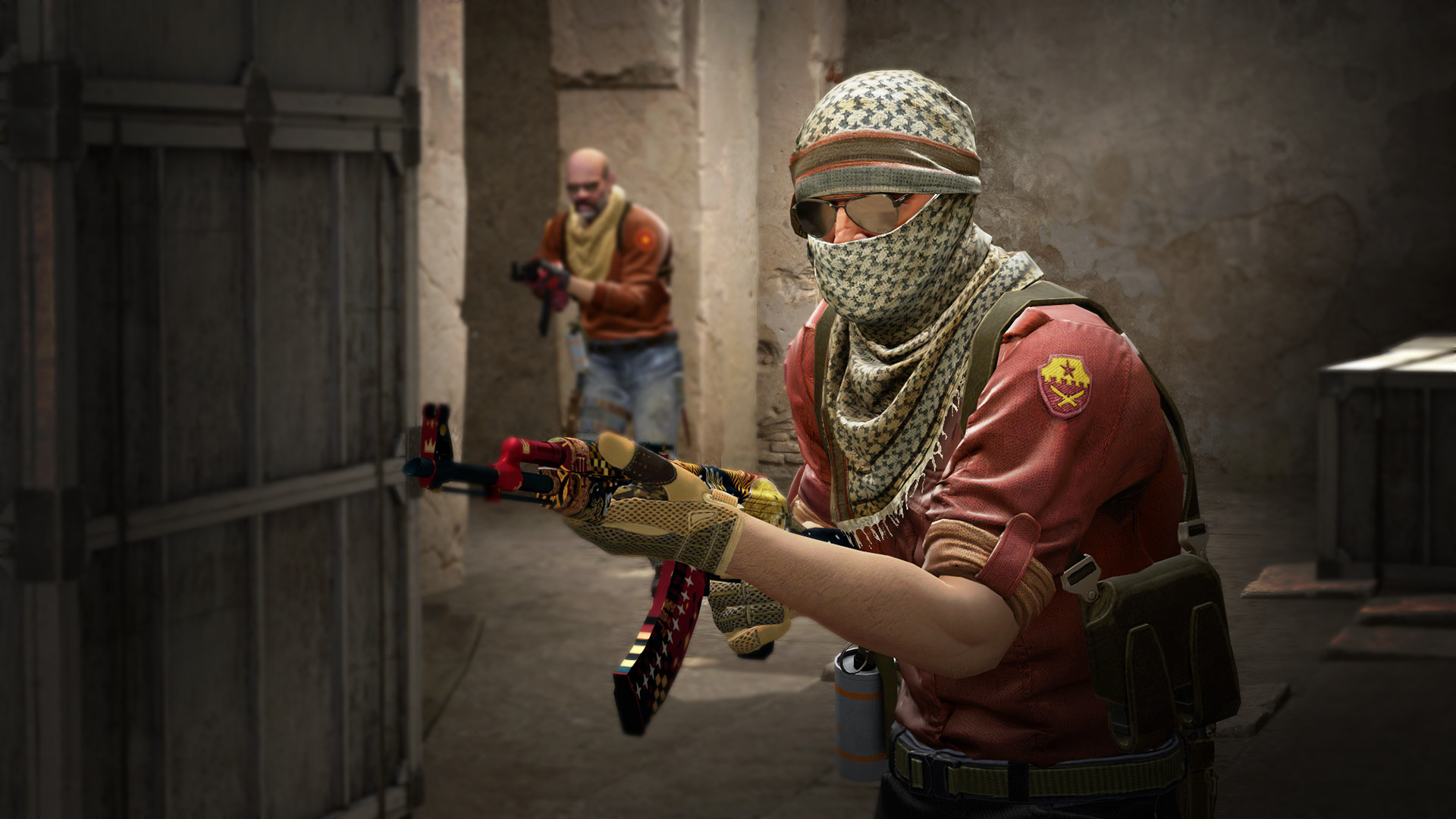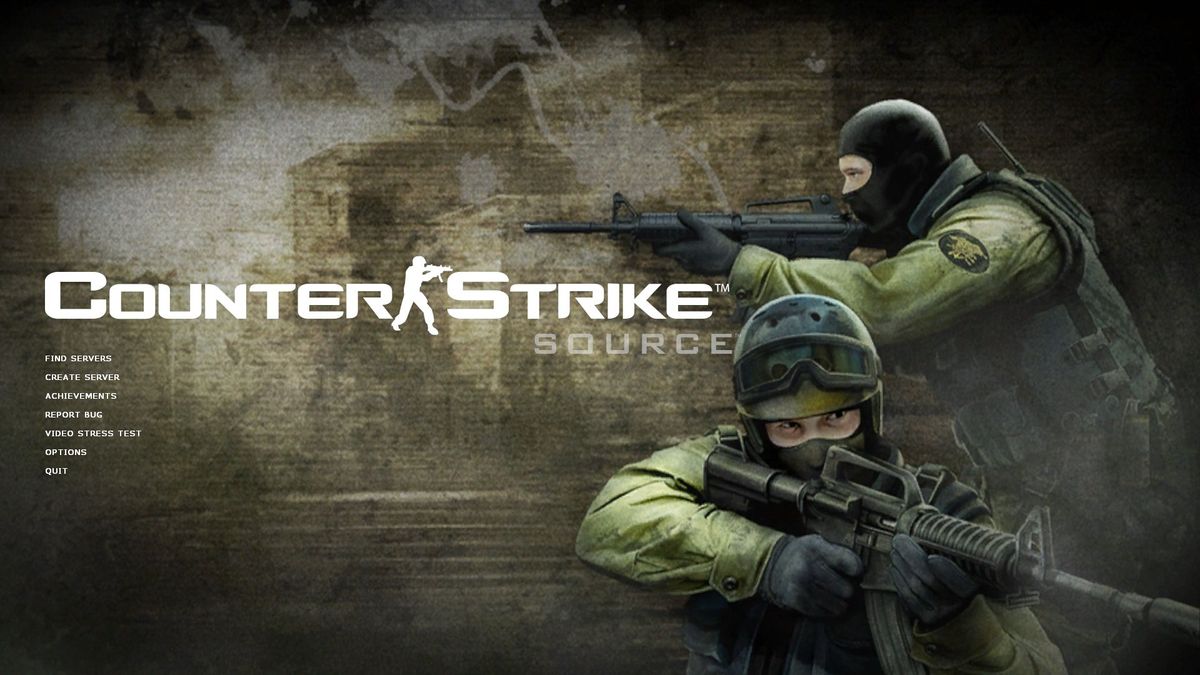The Enduring Appeal Of Competitive Gaming: Exploring The World Of Two-Player Games
The Enduring Appeal of Competitive Gaming: Exploring the World of Two-Player Games
Related Articles: The Enduring Appeal of Competitive Gaming: Exploring the World of Two-Player Games
Introduction
With great pleasure, we will explore the intriguing topic related to The Enduring Appeal of Competitive Gaming: Exploring the World of Two-Player Games. Let’s weave interesting information and offer fresh perspectives to the readers.
Table of Content
The Enduring Appeal of Competitive Gaming: Exploring the World of Two-Player Games

The concept of competition is deeply ingrained in human nature. From the earliest days of humanity, individuals have sought to test their skills and abilities against others. This innate drive has manifested itself in various forms throughout history, and in the modern era, it has found its expression in the realm of video games.
Two-player games, in particular, have become a cornerstone of the gaming experience, offering a unique blend of challenge, camaraderie, and social interaction. This article delves into the world of two-player games, exploring their evolution, the benefits they offer, and the reasons behind their enduring popularity.
A History of Two-Player Games:
The origins of two-player games can be traced back to the dawn of video games themselves. The earliest arcade games, such as "Space Invaders" and "Pac-Man," were designed for two players, fostering a competitive spirit among friends and family. As technology advanced, the concept of two-player gaming expanded beyond arcade cabinets, migrating to home consoles and personal computers.
The 1980s witnessed the emergence of iconic titles like "Street Fighter II" and "Mortal Kombat," which redefined the genre with their fast-paced action, intricate fighting mechanics, and competitive spirit. These games fostered a thriving competitive scene, giving rise to professional tournaments and esports.
The 1990s saw the rise of console giants like the Super Nintendo Entertainment System (SNES) and the Sega Genesis, which further solidified the two-player experience. Games like "Super Mario World," "Street Fighter Alpha 2," and "Sonic the Hedgehog 2" became synonymous with head-to-head competition, offering players a shared experience that fostered connection and rivalry.
The turn of the millennium ushered in a new era of two-player games, with the advent of online multiplayer. Games like "Halo: Combat Evolved," "Counter-Strike," and "Unreal Tournament" allowed players from around the world to compete against each other, further expanding the scope and intensity of the competitive experience.
The Benefits of Two-Player Games:
The appeal of two-player games extends far beyond mere entertainment. These games offer a myriad of benefits, both cognitive and social, that contribute to their enduring popularity.
-
Enhanced Cognitive Abilities: Two-player games often require players to think strategically, adapt to changing circumstances, and make quick decisions under pressure. These mental exercises can improve problem-solving skills, critical thinking, and decision-making abilities.
-
Improved Reaction Time and Hand-Eye Coordination: Games that involve fast-paced action, such as fighting games or first-person shooters, demand quick reflexes and precise movements. Playing these games regularly can sharpen reaction time and enhance hand-eye coordination.
-
Social Interaction and Camaraderie: Two-player games provide a platform for social interaction, fostering camaraderie and healthy competition. Whether playing with friends, family, or online opponents, these games offer a shared experience that strengthens bonds and builds lasting memories.
-
Stress Relief and Entertainment: Engaging in competitive gaming can be a great way to relieve stress and unwind after a long day. The adrenaline rush and sense of accomplishment that come with winning can be highly rewarding, providing a welcome escape from the pressures of everyday life.
Types of Two-Player Games:
The world of two-player games encompasses a diverse range of genres, each offering a unique experience. Some of the most popular categories include:
-
Fighting Games: These games typically feature one-on-one battles between characters, requiring players to master a range of special moves, combos, and strategies to defeat their opponents. Examples include "Street Fighter V," "Mortal Kombat 11," and "Tekken 7."
-
Platformers: These games involve navigating challenging levels, overcoming obstacles, and collecting items. Two-player platformers often feature cooperative gameplay, where players work together to complete the game. Examples include "Rayman Legends," "New Super Mario Bros. U Deluxe," and "Donkey Kong Country: Tropical Freeze."
-
Racing Games: These games pit players against each other in high-speed races, testing their driving skills, strategy, and reaction time. Examples include "Mario Kart 8 Deluxe," "Forza Horizon 5," and "Gran Turismo 7."
-
Sports Games: These games allow players to experience the thrill of competitive sports, from basketball and football to baseball and hockey. Examples include "NBA 2K23," "Madden NFL 23," and "MLB The Show 23."
-
Strategy Games: These games involve planning, resource management, and tactical decision-making. Two-player strategy games often involve turn-based gameplay, where players take turns making moves. Examples include "Civilization VI," "StarCraft II," and "XCOM 2."
-
Puzzle Games: These games require players to solve puzzles and riddles, often working together to find solutions. Examples include "Portal 2," "The Witness," and "The Talos Principle."
-
First-Person Shooters (FPS): These games place players in the shoes of soldiers or other characters, engaging in intense combat using firearms and other weapons. Examples include "Call of Duty: Modern Warfare II," "Halo Infinite," and "Battlefield 2042."
The Future of Two-Player Games:
The future of two-player games is bright, with technological advancements continuously pushing the boundaries of the genre. Virtual reality (VR) and augmented reality (AR) are poised to revolutionize the experience, offering immersive and interactive gameplay that blurs the lines between reality and the virtual world.
Furthermore, the rise of cloud gaming platforms is making it easier than ever for players to connect and compete with each other, regardless of their location or device. This accessibility is opening up new avenues for social interaction and competitive gaming, expanding the reach of two-player games to a wider audience.
FAQs about Two-Player Games:
Q: What are the most popular two-player games of all time?
A: Some of the most popular two-player games of all time include "Street Fighter II," "Mortal Kombat," "Super Mario World," "Halo: Combat Evolved," "Counter-Strike," "Mario Kart 8 Deluxe," and "Civilization VI." These games have stood the test of time, retaining their appeal and fostering a dedicated community of players.
Q: How can I find two-player games to play?
A: There are numerous ways to find two-player games. You can check online game stores like Steam, the PlayStation Store, and the Microsoft Store, or explore dedicated gaming websites and forums. Many local game stores also offer a selection of two-player games, both physical and digital.
Q: What are some tips for improving my skills in two-player games?
A: Here are some tips for improving your skills in two-player games:
-
Practice Regularly: The more you play, the better you will become. Consistent practice will help you develop muscle memory, refine your strategies, and improve your reaction time.
-
Study the Mechanics: Familiarize yourself with the game’s mechanics, controls, and special moves. Understanding the intricacies of the game will give you a significant advantage.
-
Watch Professional Players: Observing the gameplay of professional players can provide valuable insights into strategies, tactics, and advanced techniques.
-
Analyze Your Mistakes: After each game, take some time to reflect on your performance. Identify your mistakes and areas where you can improve.
-
Experiment with Different Strategies: Don’t be afraid to try new approaches and experiment with different strategies. The more you diversify your gameplay, the harder you will be to predict.
Conclusion:
Two-player games have played a pivotal role in shaping the gaming landscape, offering a unique blend of challenge, camaraderie, and entertainment. From the classic arcade games of the past to the immersive experiences of the present, these games continue to captivate players of all ages and skill levels. Whether seeking a friendly competition, a shared experience, or a mental workout, two-player games provide a rich and rewarding avenue for exploration and enjoyment. The future of this genre is bright, with new technologies and platforms continuously pushing the boundaries of what is possible. As long as humans crave competition and social interaction, two-player games will remain a cornerstone of the gaming experience.

![50 Best Competitive 2 Player Games on PS4 & PS5 [2023] - YouTube](https://i.ytimg.com/vi/TRBMyigly7k/maxresdefault.jpg)



![The 6 Best [Crushingly] Competitive Two-Player Board Games](https://meanderingspirits.com/wp-content/uploads/2020/03/game-340574_1920.jpg)


Closure
Thus, we hope this article has provided valuable insights into The Enduring Appeal of Competitive Gaming: Exploring the World of Two-Player Games. We thank you for taking the time to read this article. See you in our next article!